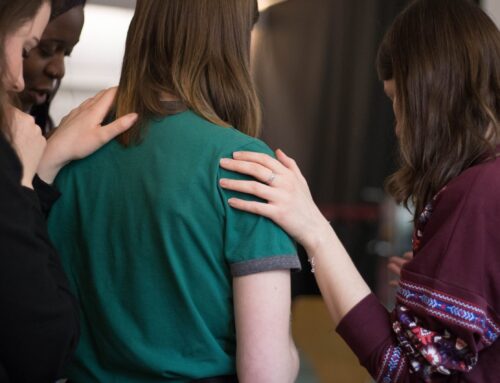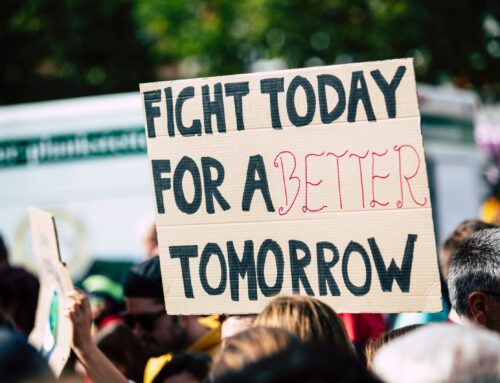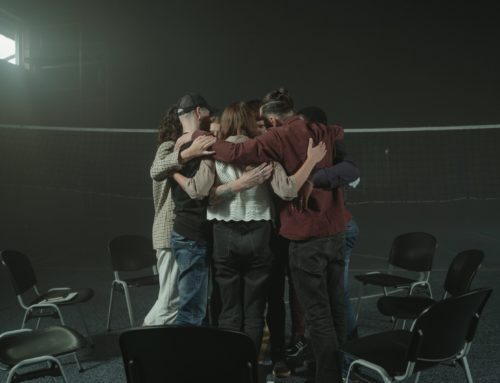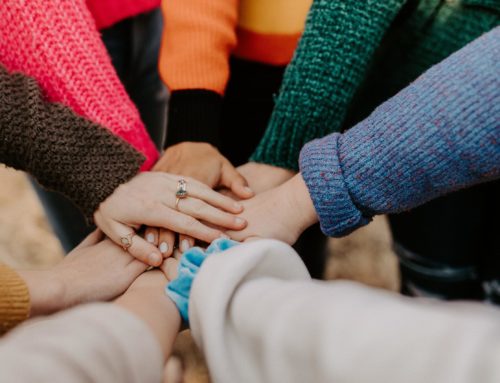 It is now ordinary to predict that higher education, like much of the rest of our society, will not be “going back to normal”—that colleges and universities, once COVID-19 is controlled, will not be like they were before the pandemic. True enough; likely there will be, in the future, more online or blended academic programs, new forms and structures of collaboration (or competition) among institutions, expanded tele-health options in medical and counseling services, and more administrative staff working from home. Students may, but may not, return in past numbers, but will probably not bring with them the same attitudes and expectations as they had before COVID-19. Besides, this will not have been the last pandemic; the idea of a “post-pandemic college” represents a failure of critical analysis, and the interval between pandemics could be unmercifully brief.
It is now ordinary to predict that higher education, like much of the rest of our society, will not be “going back to normal”—that colleges and universities, once COVID-19 is controlled, will not be like they were before the pandemic. True enough; likely there will be, in the future, more online or blended academic programs, new forms and structures of collaboration (or competition) among institutions, expanded tele-health options in medical and counseling services, and more administrative staff working from home. Students may, but may not, return in past numbers, but will probably not bring with them the same attitudes and expectations as they had before COVID-19. Besides, this will not have been the last pandemic; the idea of a “post-pandemic college” represents a failure of critical analysis, and the interval between pandemics could be unmercifully brief.
As we assess the present and attempt to imagine the future, there is a pressing question: what has the pandemic and its consequences uncovered about higher education? Although none of its lessons is worth the loss of life that COVID-19 continues to cause, it is important to think about what we have learned from this wrenching eight or nine month crisis. What have we learned, or discovered, about ourselves, our students, and our institutions? What has the pandemic revealed?
Michelangelo had neither the pleasure nor the pain of social media, but he did keep notebooks, and he answered questions, mostly about his magnificent creations in paint and marble—the Sistine Chapel, his statues of David, the Pieta, and angels. Regarding his sculptures, he repeated, in different ways at different times, this belief:
Every block of stone has a statue inside it, and it is the task of the sculptor to discover it. I saw the angel in the marble and carved until I set him free.
The angel was there all along, Michelangelo insisted; chiseling the marble was the work of discovering, or revealing, it. Similarly, Frederick Law Olmstead, the first American landscape architect, envisioned, as Michelangelo did in the marble, something that could be revealed by taking away the coverings—in his case, the clearings, meadows, and pathways of Central Park. At the time of his work, the land that is now Central Park was a mess of partial settlements and swampy bogs. Olmstead’s genius was seeing what he called “a clearing in the distance” that is now New York City’s most precious wild space.
A common cultural variation on this point of discovering what was already there is the observation that under the influence of (probably too much) alcohol, people may reveal various elements of their true selves and say what they really think. The idea that offensive or hurtful statements made in those circumstances were “the alcohol talking” has long been debunked; the alcohol, like Michelangelo’s chisel or Olmstead’s imagination, functioned as a tool of discovery, for better or worse. Hence the Latin phrase in vino, veritas (which means “in wine, the truth”); alcohol releases inhibitions (which is exactly why excessive drinking and pandemics are a bad combination) and brings forward attitudes, perspectives, or points of view that were there, but undisclosed, all along. Ordinarily, about a week from now, at Thanksgiving, many of us would have had the opportunity to witness unbridled family drama related to various unexpected revelations, some of them fueled by one or another substance that temporarily disables the filters of politeness and civility. Restrictions on travel and gatherings will likely reduce the frequency, but perhaps not the potency, of those interactions this year.
All of this is to suggest that a crisis, like this pandemic, may function as a tool of discovery.
We learn something about character when people, or groups, or institutions, are under great stress. Bearing the weight and unrelenting pressure of terrible times, prevarication fails; what is real prevails. It wasn’t the pandemic talking; what we heard, or saw, were the unfiltered, unvarnished statements and actions of people and their institutions—things they might not have said, or done, in more friendly and less draining circumstances, but things that were, nonetheless, truthful expressions of character. They were discoveries.
Emily Dickinson, whose spartan poetry tolerated no excess, wrote of such discoveries this way: “I like a look of Agony/Because I know it’s true.” We have seen many looks of agony during this pandemic; we know they are true. We have seen that look from a student learning that their test was positive, that their symptoms are those of COVID-19, or that their grandparent is hospitalized, on a ventilator, or dead. On the face of the nurse in a student health service, or the dean of students, who had to tell the student that one or more of those things had happened. In the eyes of the president who was struggling to decide what to do in the midst of many competing voices. In the desperation of the dining service worker who was laid off when their campus was shut down. But we have also seen the look of resolve, the face of resilience, the gentle smile of hope, and we know those are also true.
There have been other revelations and discoveries as well, many of them troubling.
We have learned that balancing the priorities of health and safety with those of institutional financial security has been difficult, and that some colleges and universities and their governing boards and executives have lost sight of their ethical north star in the process. We have learned that the caste system in higher education continues to privilege faculty and disadvantage staff, that the burden of working on campus to serve students falls differentially on the lowest paid employees, and that trust between administrators and faculty is often frail and easily fractured. We have learned that some students will exalt their own privilege to the disadvantage of others, sometimes violating campus public health restrictions even when doing so has led to transmission of the virus within their communities or caused severe institutional consequences.
We have discovered, yet again, the inequities inherent in racist institutional policies and systems. We have learned that fear of lawsuits or financial losses can overcome a university’s commitments to fairness, transparency, and empathy.
We have watched as wealthy institutions with remarkable endowments have laid off or furloughed low-paid staff members. And we have seen that administrators, including presidents, can be hated, disrespected, and endangered by the anger of people who disagree with their decisions.
Great stress and magnified uncertainty chisel away pretense and reveal what was always true, regardless of what institutional vision and mission statements claim. Universities tolerated systemic racism long before multiple instances of police brutality against Black people last summer pulled it into the light. Differential privilege among faculty and staff divided academic communities before COVID-19 made it a matter of life or death. Differential privilege among students—think of hazing—has always been just that—a matter of life or death; now it threatens unaffiliated students who are truly innocent bystanders. We can see clearly now; we have come to recognize that some—too many—colleges and universities have turned away in one form or another from the suffering of their students, faculty, and staff.
The post-pandemic, or between-pandemics, question then is just this: will higher education try to go back to some undesirable normal, or will we rise up? Will we stop turning away, and instead turn toward the suffering of students and colleagues? As vaccines arrive and, we hope, the pandemic fades, will we remember what we have discovered—what was revealed about our policies and priorities? Will we elevate our vision of equity, address and resolve key questions about privilege, and earn once again the trust and confidence of our constituents? Will we return to what is noble in our purposes, insisting that universities are not corporations and that higher education is a public good, as well as a private benefit? These are demanding questions. But if we decide to say “yes,” we have a trustworthy, proven strategy for success—one that has guided us before, and that we can return to now: the simple principle that students must always come first.
Richard P. Keeling, MD, Chairman, wrote this essay for the Council for the Advancement of Standards in Higher Education (CAS) and presented it at their Council of Representatives Meeting on November 17, 2020.
Keeling & Associates, LLC is a comprehensive higher education consulting and professional services firm that creates “change for learning” through its strategic planning, consultation, and executive search services across North America. Let’s create change for learning together.






Leave A Comment